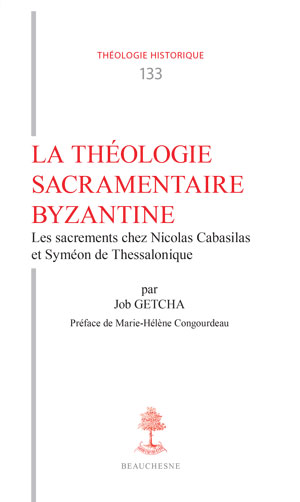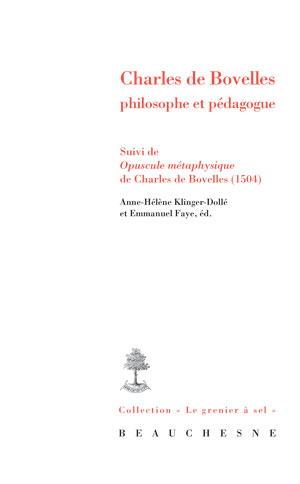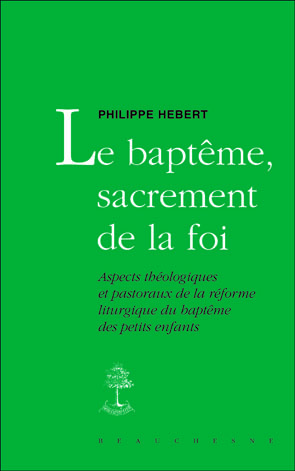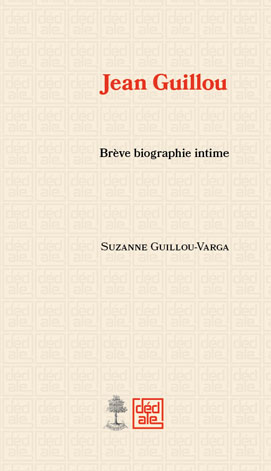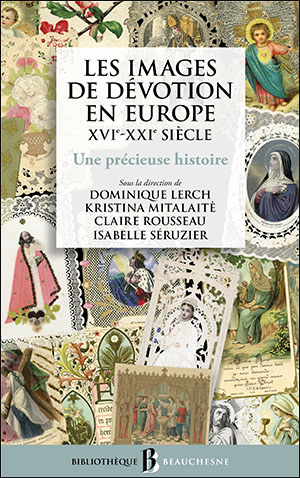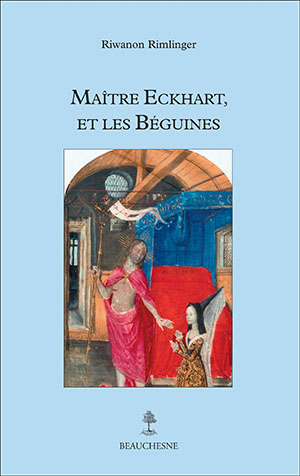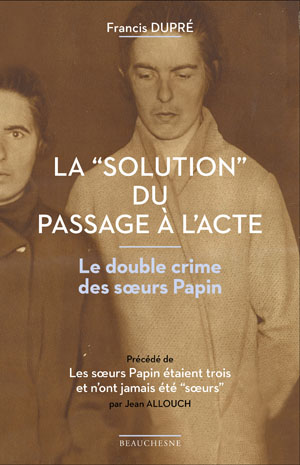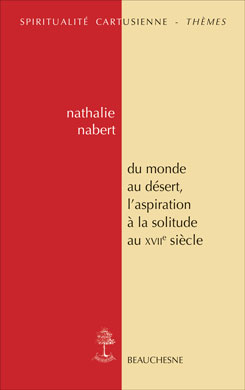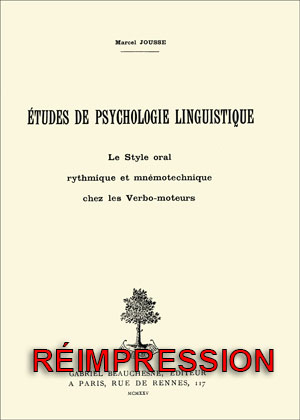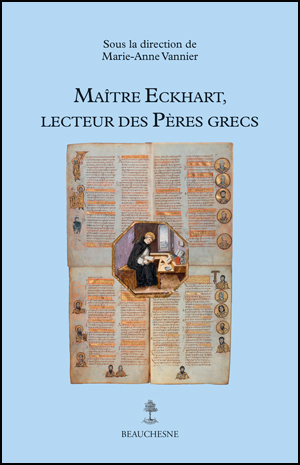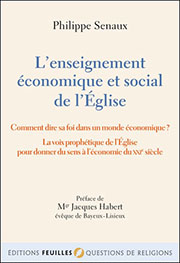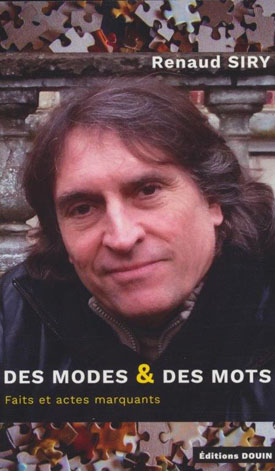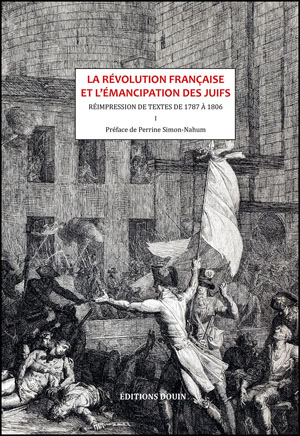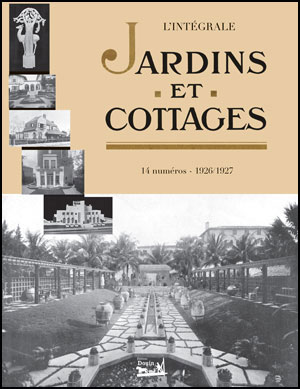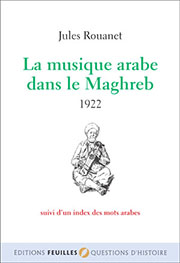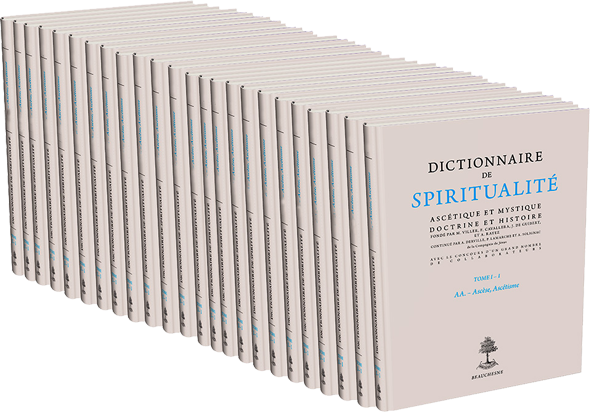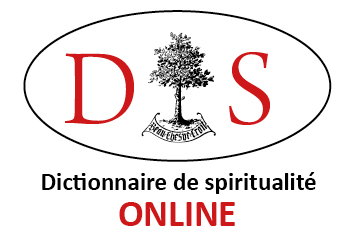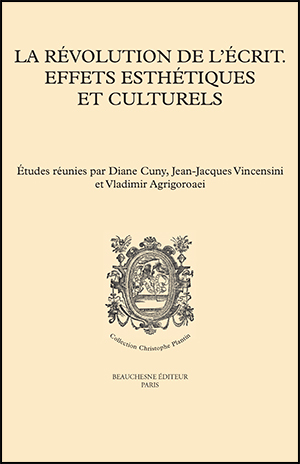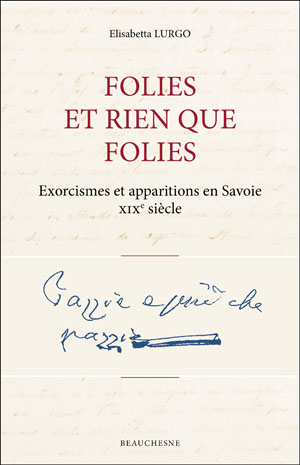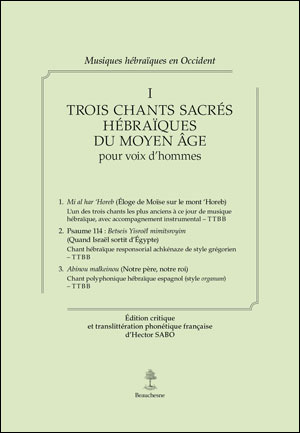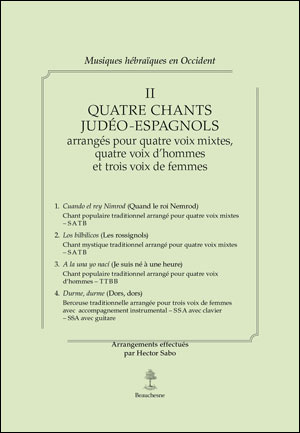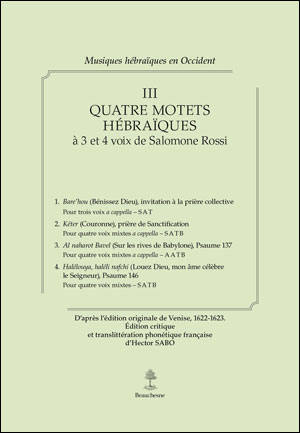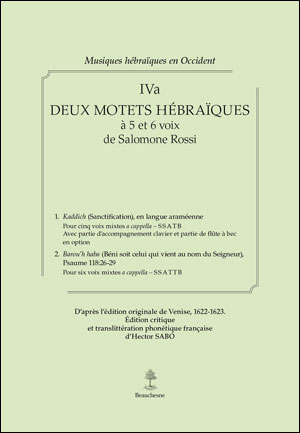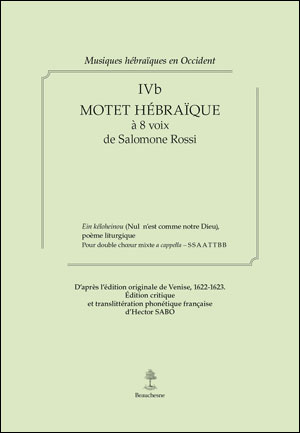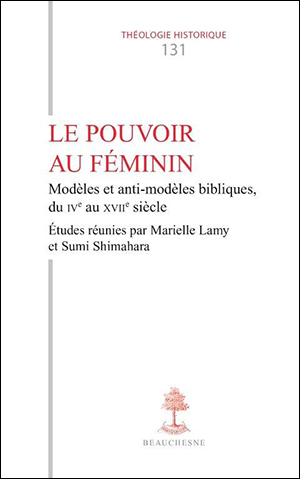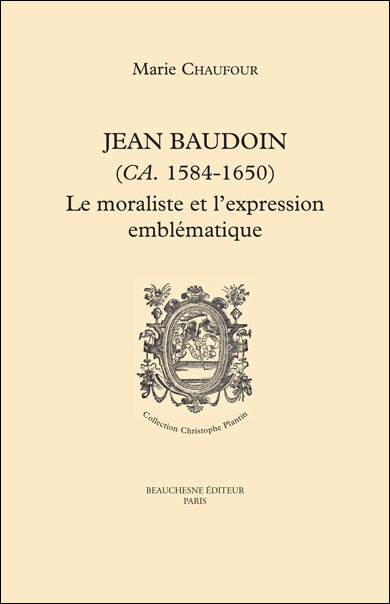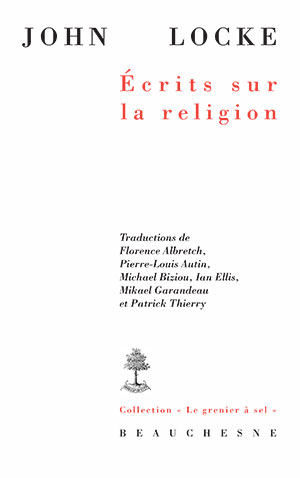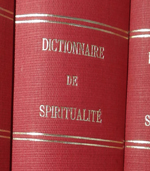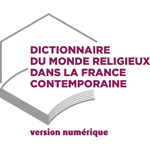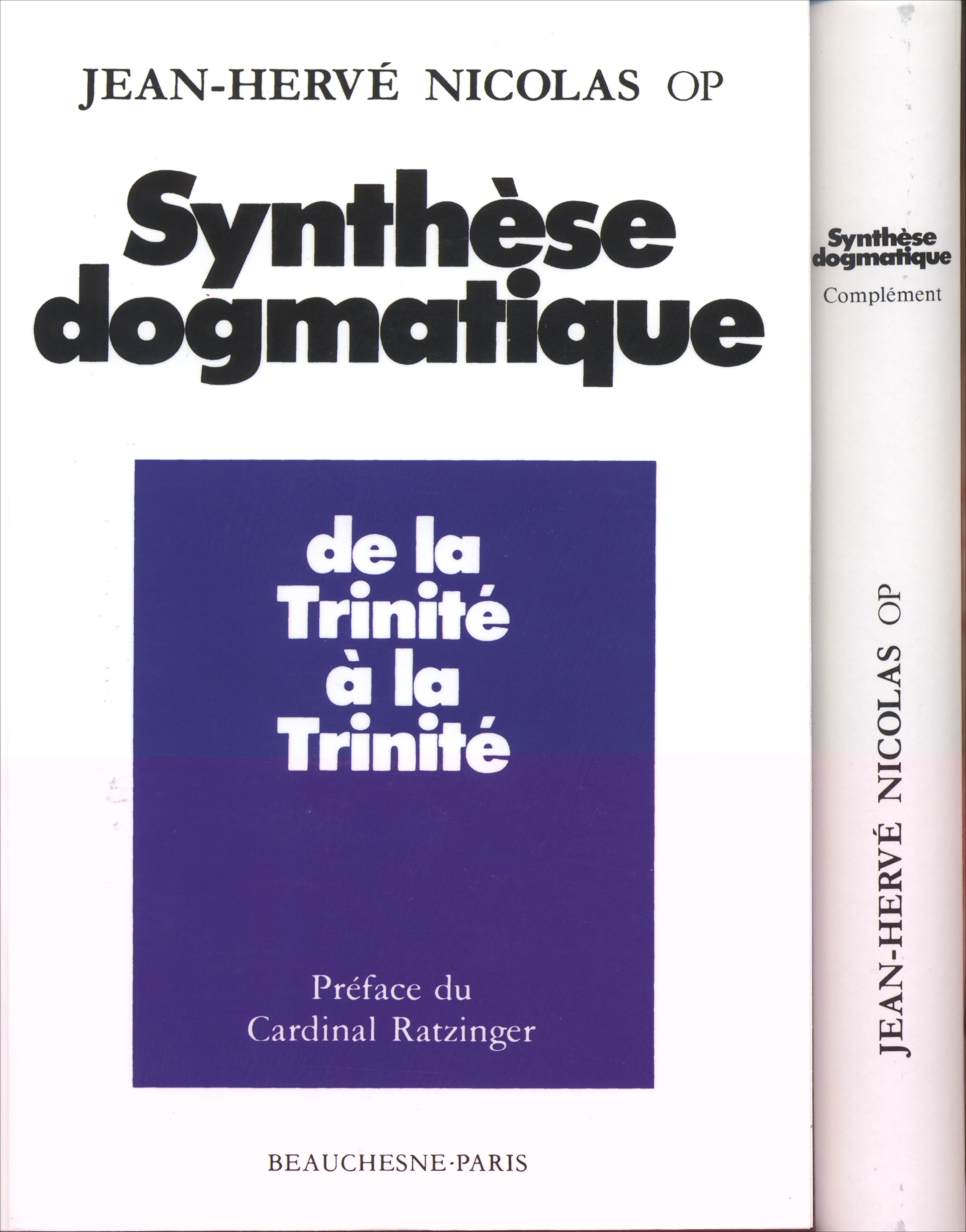55.00 €
BIBLE DE TOUS LES TEMPS N°4- LE MOYEN-ÂGE ET LA BIBLE
Date d'ajout : mardi 03 octobre 2017
par Odilo Lucas PILLAI
COLLECTANEA FRANCISCANA, 55, 1985
What is « Middle Age » and how far does ~t extend ? This expression conceals a multitude of complex realities, writes Lester K. Little in this volume under review (p. 555). Generations of historians have so much filtered our understanding of the internal history of this long period that they have diluted the expression of all its meaning. And so it is an empty expression, says the same writer. The adjective « medieval” is for the same reason too feeble to convey the idea of the complexities which are now more than ever evident. One hardly recognizes in the Church of the 14th century the heritage of the 7th century. Qualifying one and the other as « medieval Church” cannot but sow seeds of confusion rather than clarify the notion. One must be aware of this factor before or when one discusses the different realities of the so-called Middle Age. But for practical purposes the editors have chosen the 7th century, i.e. the epoch of St. Gregory the Great, as its point of departure and consider the 14th century as its end.
Now, the history of the Bible can be compared to a long river flowing through the sands of time and irrigating men and places of different, periods, continents, cultures and civilisations. The present volume ventures to peep into and examine the influence and the impact Bible exercised in the western Christianity of the Middle Ages. It is an attempt made to show how Bible was received and understood, what had been its influence on the teachings, the institutions, the art and the mentalities of this nebulous age.
In order to achieve this purpose the editors have systematically divided the volume into four big sections. After having dedicated a chapter on the various names given to the Sacred Scriptures (13-23), in the first section experts through various articles present a panorama of the Bible through the inventories in the medieval libraries, the different versions and divisions of biblical texts, the so-called glosses and verbal concordances originating at this period and finally through the different biblical transactions, taking the example of those done in Great Britain (25-140). The second section is devoted to the theme « etudier la Bible”, wherein several writings present Bible study in the Carolingian period, in the schools of the 13th century, in the exegetical works of the universities, in the rabbinical milieu and in the contributions of the medieval monks (141-298).
Bible is written not primarily for study but for living. And therefore the third section examines the influence of the same in the lives of medieval men and women, first in the government of peoples, i.e. in the rules and customs of the medieval monks, in the formation of the canons of the Church and in the Political life, and secondly in its pastoral aspect, namely, how the Bible influenced Christian faith through images and imageries, through unorthodox apocalyptic writings, through the hagiographies of saints presented in biblical figures and themes, through biblical preaching in vernacular to the common masses and in Latin to the clergy, monks and learned, and finally through liturgy of the Mass and of the Hours (299-552).
The last section views the changed social, economic and political conditions of the last period of the Middle Age, when money, commerce and population posed both a challenge and a threat. The studies examine how theology and Bible tried to give solutions to the changed circumstances. The laity got access to the Bible through vernacular translations and consequently certain groups tried to live the knowledge obtained directly through Bible reading by formation of fraternities. Finally there was an upsurge of some heretical movements for whom Bible was the alpha and omega. Adhering to the letter of the Bible gave rise to heterodox doctrines. The last article describes principally the heresies of Waldenses, of Lollards, Hussites, Beguins and Fraticelli (553-614).
The editors must be congratulated for their bold venture to present a very complex reality of the role and influence of the Bible in medieval Christianity. For this they have approached a number of men and women scholars, who, in their own fields of specialisation and within the given limited space, have done marvellous piece of work. It is indeed a formidable team of collaborators. The book presents an equally formidable bibliography of authors and of books consulted.
The editors speak of the key concept of the book, viz. to show how the medieval Christianity passed from the age of law to that of the Gospel, from the aristocratic appropriation of the Bible by the elite of the society (ecclesiastical and civil) to a popular imitation of the life of Christ. Well this concept is not that clear nor is it discernible to an ordinary reader. It may be the undercurrent flowing through the different articles, but one needs a sharper sense to perceive this aim. However, in the conclusion written by the editors this is expressed.
The book is an honest presentation and evaluation of the conditions, attitudes and mentalities of the different sections of the Middle Age society. The various authors try to present facts as they are without justifying or hiding the many abuses and scandals of medieval Christianity. Both positive and negative sides of the issues are exposed. I appreciate the intellectual honesty of the writers.
Another positive feature is that the four big sections of the book are prefaced with summaries of what are going to be treated in the various articles of the different writers. They give a bird-view of the themes and contents (25-29, 141-146, 299-303, 553s).
Throughout the book one comes across the roles played by the Franciscans in the study, living and communication of God's Word at its different phases and of their contributions in different areas. Above all St. Francis of Assisi himself is often referred to (216, 228, 317s, 455, 462, 466, 471, 476, 553, 568s, 592, 609). Besides great Franciscans like Alexander of Hales (202, 571), St. Bonaventure (206, 211, 519, 522, 609), Roger Bacon (218), St. Bernardine of Siena (515, 517, 520, 522), and St. Anthony of Padua (517, 530s) are not only mentioned but their works are described. Moreover Franciscan presence and contributions both Positive and negative are either referred or highlighted (40, 103, 137, 200, 203 ss, 214, 316, 576, 586, 609-613, 617).
Finally the editors nightly remark in conclusion that, in spite of the book's size, the themes are dealt in summary fashion which is unavoidable. The volume has presented some major themes touching the influence of the Bible on the culture and civilisation of the Middle Age. It is an incentive for further research and studies are to be continued in this direc
What is « Middle Age » and how far does ~t extend ? This expression conceals a multitude of complex realities, writes Lester K. Little in this volume under review (p. 555). Generations of historians have so much filtered our understanding of the internal history of this long period that they have diluted the expression of all its meaning. And so it is an empty expression, says the same writer. The adjective « medieval” is for the same reason too feeble to convey the idea of the complexities which are now more than ever evident. One hardly recognizes in the Church of the 14th century the heritage of the 7th century. Qualifying one and the other as « medieval Church” cannot but sow seeds of confusion rather than clarify the notion. One must be aware of this factor before or when one discusses the different realities of the so-called Middle Age. But for practical purposes the editors have chosen the 7th century, i.e. the epoch of St. Gregory the Great, as its point of departure and consider the 14th century as its end.
Now, the history of the Bible can be compared to a long river flowing through the sands of time and irrigating men and places of different, periods, continents, cultures and civilisations. The present volume ventures to peep into and examine the influence and the impact Bible exercised in the western Christianity of the Middle Ages. It is an attempt made to show how Bible was received and understood, what had been its influence on the teachings, the institutions, the art and the mentalities of this nebulous age.
In order to achieve this purpose the editors have systematically divided the volume into four big sections. After having dedicated a chapter on the various names given to the Sacred Scriptures (13-23), in the first section experts through various articles present a panorama of the Bible through the inventories in the medieval libraries, the different versions and divisions of biblical texts, the so-called glosses and verbal concordances originating at this period and finally through the different biblical transactions, taking the example of those done in Great Britain (25-140). The second section is devoted to the theme « etudier la Bible”, wherein several writings present Bible study in the Carolingian period, in the schools of the 13th century, in the exegetical works of the universities, in the rabbinical milieu and in the contributions of the medieval monks (141-298).
Bible is written not primarily for study but for living. And therefore the third section examines the influence of the same in the lives of medieval men and women, first in the government of peoples, i.e. in the rules and customs of the medieval monks, in the formation of the canons of the Church and in the Political life, and secondly in its pastoral aspect, namely, how the Bible influenced Christian faith through images and imageries, through unorthodox apocalyptic writings, through the hagiographies of saints presented in biblical figures and themes, through biblical preaching in vernacular to the common masses and in Latin to the clergy, monks and learned, and finally through liturgy of the Mass and of the Hours (299-552).
The last section views the changed social, economic and political conditions of the last period of the Middle Age, when money, commerce and population posed both a challenge and a threat. The studies examine how theology and Bible tried to give solutions to the changed circumstances. The laity got access to the Bible through vernacular translations and consequently certain groups tried to live the knowledge obtained directly through Bible reading by formation of fraternities. Finally there was an upsurge of some heretical movements for whom Bible was the alpha and omega. Adhering to the letter of the Bible gave rise to heterodox doctrines. The last article describes principally the heresies of Waldenses, of Lollards, Hussites, Beguins and Fraticelli (553-614).
The editors must be congratulated for their bold venture to present a very complex reality of the role and influence of the Bible in medieval Christianity. For this they have approached a number of men and women scholars, who, in their own fields of specialisation and within the given limited space, have done marvellous piece of work. It is indeed a formidable team of collaborators. The book presents an equally formidable bibliography of authors and of books consulted.
The editors speak of the key concept of the book, viz. to show how the medieval Christianity passed from the age of law to that of the Gospel, from the aristocratic appropriation of the Bible by the elite of the society (ecclesiastical and civil) to a popular imitation of the life of Christ. Well this concept is not that clear nor is it discernible to an ordinary reader. It may be the undercurrent flowing through the different articles, but one needs a sharper sense to perceive this aim. However, in the conclusion written by the editors this is expressed.
The book is an honest presentation and evaluation of the conditions, attitudes and mentalities of the different sections of the Middle Age society. The various authors try to present facts as they are without justifying or hiding the many abuses and scandals of medieval Christianity. Both positive and negative sides of the issues are exposed. I appreciate the intellectual honesty of the writers.
Another positive feature is that the four big sections of the book are prefaced with summaries of what are going to be treated in the various articles of the different writers. They give a bird-view of the themes and contents (25-29, 141-146, 299-303, 553s).
Throughout the book one comes across the roles played by the Franciscans in the study, living and communication of God's Word at its different phases and of their contributions in different areas. Above all St. Francis of Assisi himself is often referred to (216, 228, 317s, 455, 462, 466, 471, 476, 553, 568s, 592, 609). Besides great Franciscans like Alexander of Hales (202, 571), St. Bonaventure (206, 211, 519, 522, 609), Roger Bacon (218), St. Bernardine of Siena (515, 517, 520, 522), and St. Anthony of Padua (517, 530s) are not only mentioned but their works are described. Moreover Franciscan presence and contributions both Positive and negative are either referred or highlighted (40, 103, 137, 200, 203 ss, 214, 316, 576, 586, 609-613, 617).
Finally the editors nightly remark in conclusion that, in spite of the book's size, the themes are dealt in summary fashion which is unavoidable. The volume has presented some major themes touching the influence of the Bible on the culture and civilisation of the Middle Age. It is an incentive for further research and studies are to be continued in this direc
Moteur de recherche www.editions-beauchesne.com
Le moteur peut rechercher dans différents champs :
- Un nom d’auteur (AUTEUR)
- Un mot du titre (TITRE)
- Un ISBN
- Un mot du texte de présentation (TEXTE)
- Un mot du sommaire ou de la table des matières (SOMMAIRE).
La recherche dans les champs TEXTE et SOMMAIRE peut être un peu longue.
En cliquant sur un resultat la fiche du livre correspondant s'ouvre dans un nouvel onglet.
Search engine www.editions-beauchesne.com
The engine can search in different fields:
- An author's name (AUTEUR)
- A word from the title (TITRE)
- An ISBN
- A word from the presentation text (TEXTE)
- A word from the summary or the table of contents (SOMMAIRE).
The search in the TEXTE and SOMMAIRE fields may take some time.
Clicking on a result open the book's sheet in a new tab.


